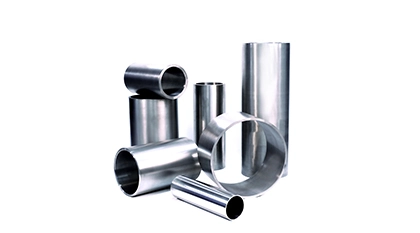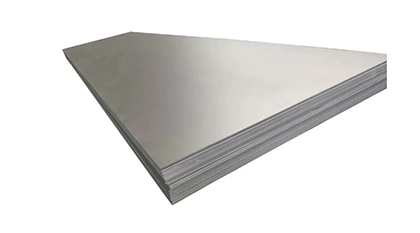Thank you for your
attention on Yesheng !
Titanium Alloy PVD Coating
Titanium alloy PVD (Physical Vapor Deposition) coating is a thin film formed on the surface of titanium alloys using PVD technology. This technology can vaporize material sources (solid or liquid) into gaseous atoms, molecules, or partially ionized ions in a vacuum and then deposit them on the substrate surface through low-pressure gas (or plasma), forming a functional film.
Titanium alloys are widely used in titanium manufacturing companies due to their low density, high specific strength, corrosion resistance, and weldability. However, their poor wear resistance, susceptibility to oxidative corrosion, and low surface hardness limit their applications. By using PVD technology, high-hardness, wear-resistant, and decorative coatings can be applied to the surface of titanium alloys, significantly improving these properties.
The PVD coating process includes several techniques such as vacuum evaporation, sputtering, and ion plating. The most common methods are vacuum arc ion plating and sputtering. For example, applying a TiAlN coating through PVD vacuum arc ion plating on the surface of TC11 titanium alloy can effectively enhance its protective properties.
However, titanium alloy PVD coatings also face some challenges. First, titanium alloys are highly sensitive to fatigue, requiring special attention to process design and control during PVD treatment. Second, compared to stainless steel, the difficulty of PVD coating on titanium alloys mainly lies in the comprehensive evaluation of adhesion, peeling, and repair. Furthermore, pre-cleaning of the titanium alloy surface is crucial to ensure the quality and adhesion of the coating.
The application prospects for titanium alloy PVD coatings are broad. Not only can they enhance the mechanical properties and biocompatibility of custom titanium products, but they also improve the appearance and extend the product's lifespan.
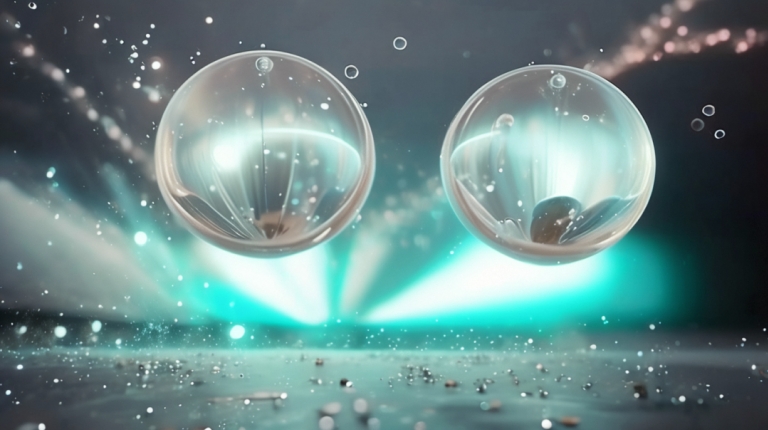
Recent Advances in Titanium Alloy PVD Coating Research
1. Multilayer Coating Technology: TiAlSiN multilayer coatings prepared using PVD technology improve hardness through periodic interface structures, which can block interlayer dislocation movements, significantly increasing material hardness.
2. Medical Titanium Alloy Surface Protection: Research from key laboratories has shown that ZrN coatings prepared using PVD technology offer excellent wear resistance and biocompatibility, making them important protective coatings for bone implants.
3. Tool Wear and Lifespan: In high-speed milling of TC6 titanium alloy, PVD-coated tools exhibit less wear on the rear cutting surface and longer tool life, making PVD coatings more suitable for machining TC6 titanium alloys.
4. Development Trends: Current trends in PVD coating technology include coatings that are increasingly hard or soft (solid lubrication and low friction) and are moving towards novel, composite, and multilayer designs.
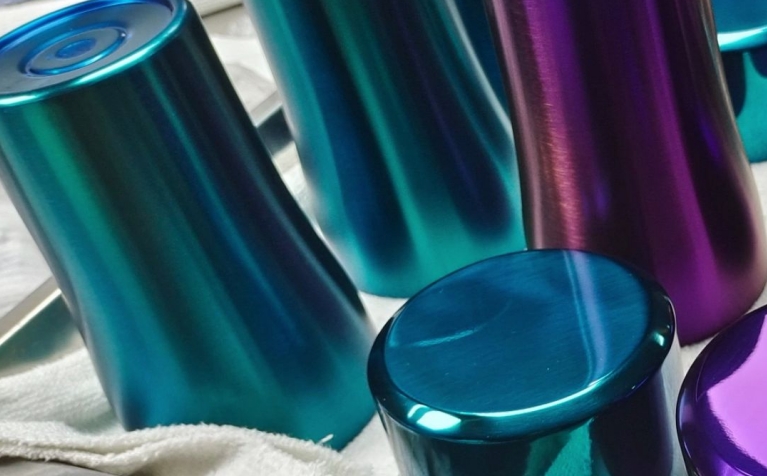
Optimization of Titanium Alloy PVD Coating Process Parameters
1. Choosing the Appropriate PVD Method: Depending on the application, different PVD methods such as vacuum evaporation, ion plating, and magnetron sputtering can be selected. Each method has its advantages and disadvantages; for example, vacuum evaporation is suitable for producing coatings with high hardness and low friction coefficients.
2. Adjusting Coating Materials: Continuous improvement of coating materials can enhance overall performance. For instance, using titanium nitride alloy as a coating material can achieve better wear and corrosion resistance in fields such as automotive engine parts and cutting tools.
3. Controlling Process Parameters: During the PVD process, strict control of parameters such as temperature, pressure, and gas flow is necessary. These parameters directly affect the quality and performance of the coating. For example, optimizing the etching process parameters ensures the best material removal from the surface.
4. Enhancing Coating Adhesion to the Substrate: Adhesion is a critical quality indicator used to assess the bonding strength between the coating and substrate. Therefore, enhancing adhesion in the PVD process is essential to ensure coating stability and durability.
5. Improving Oxidation Resistance: Since coatings are often exposed to high temperatures and pressures, their oxidation resistance affects their lifespan. Methods such as altering the coating's structure, composition, and adding oxygen-blocking elements can improve oxidation resistance.
6. Comprehensive Intervention Methods: For molds with relatively low surface hardness, ion carburizing treatment can be performed before the PVD coating process. This comprehensive approach can extend the coating’s lifespan.
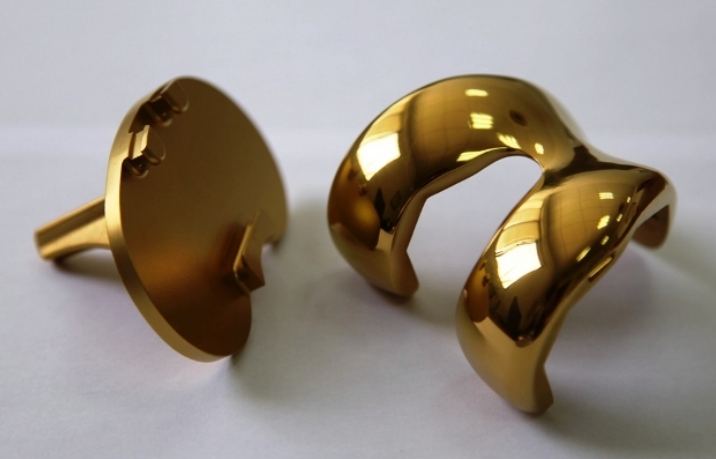
New Titanium Alloy PVD Coating Materials
Multilayer (Cr/CrN)×8 Coating: This coating is deposited on the surface of Ti-6Al-4V alloy using PVD vacuum arc method, with the same total thickness and number of layers, but the thickness ratio of Cr and CrN layers varies.CrN Hard Thin Film: This material is used in Sandvik CTC5240 inserts, showing excellent wear resistance and extended tool life.
· Wear Resistance: PVD coatings bond better to the surface of workpieces, have higher adhesion, and result in harder coatings, offering better wear and corrosion resistance. CrN coatings, in particular, exhibit good wear resistance during high-efficiency machining of titanium alloys.
· Adhesion: PVD coatings have excellent adhesion, withstanding bending beyond 90 degrees without cracking or peeling.
· Corrosion Resistance: PVD coatings not only improve the wear resistance of titanium alloys but also enhance corrosion resistance.
· Fatigue Performance: PVD coatings significantly affect the fatigue performance of titanium alloy substrates like titanium hex stock, improving their behavior during fatigue fracture processes.
· Environmental Friendliness: PVD technology has no negative impact on the environment, aligning with modern green manufacturing trends.
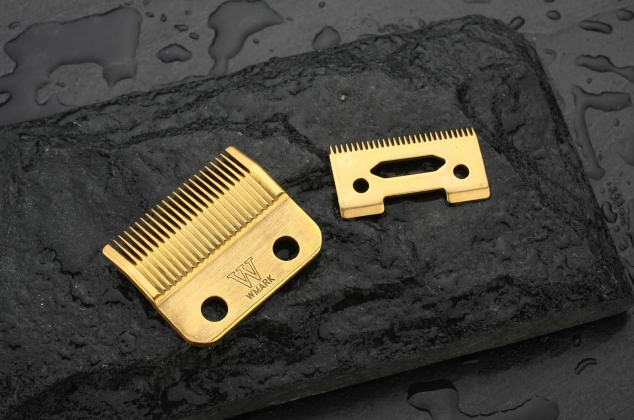
Advantages and Disadvantages of Titanium Alloy PVD Coatings
Advantages
1. Wear Resistance and Hardness: PVD coatings significantly enhance the surface hardness and wear resistance of objects, making them more resistant to scratches and wear. PVD coatings also maintain color better during long-term use and are more wear-resistant than anodized coatings.
2. Corrosion Resistance: PVD coatings offer high corrosion resistance, making them suitable for many decorative industries.
3. No Peeling: Unlike traditional electroplating, PVD coatings do not peel off.
Disadvantages
1. Low Deposition Rate: The deposition rate of PVD is generally low, typically ranging from a few to a few hundred nanometers per minute, which is slower than evaporation or ion plating, and even slower than sputtering.
2. Complex Equipment: PVD equipment is relatively complex and may require higher maintenance costs.
 English
English  日本語
日本語  한국어
한국어  français
français  Deutsch
Deutsch  русский
русский 






















































































